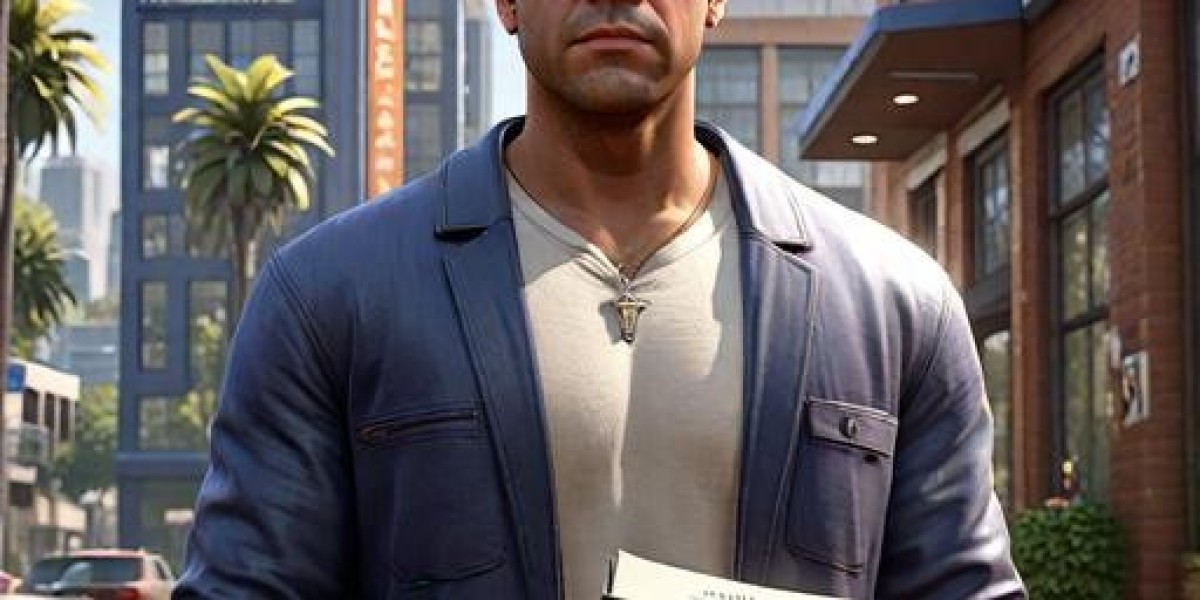What Is Redesign in a Business Context?
Redesign refers to the process of revamping elements of a brand’s visual and communicative identity. This could include:
Website overhaul
Logo and branding refresh
Product packaging updates
User interface (UI) improvements
Visual content and graphics modernization
Redesign isn't just about "making things look nicer" — it’s about aligning your brand’s visual presence with your evolving mission, audience expectations, and market trends.
Why Redesign Alone Isn’t Enough
While a sleek new look can capture attention, it won’t go far without strategic marketing. Many businesses make the mistake of investing heavily in redesigns but fail to communicate those changes effectively. That’s where the synergy between redesign and marketing becomes crucial.
Marketing tells the story of your redesign. It explains the “why” behind the change, connects emotionally with your audience, and drives traffic, engagement, and conversions.
The Benefits of Combining Redesign and Marketing
1. Enhances Brand Perception
When a company rolls out a well-executed redesign and marketing campaign, it sends a message: “We’re evolving. We care about staying relevant.” A fresh design paired with a powerful promotional rollout can reposition your brand, attract new customers, and reignite loyalty among existing ones.
2. Boosts Website Performance
Redesigning your website with user experience (UX) and mobile optimization in mind can significantly reduce bounce rates and increase session durations. When combined with a targeted marketing campaign — through email, social media, or paid ads — you can drive more qualified traffic to your new design and maximize conversions.
3. Strengthens Customer Trust
A dated brand image can give the impression of stagnation or neglect. A modern redesign, paired with transparent, well-crafted marketing messages, builds credibility. Customers feel more confident in doing business with brands that invest in their presentation and communication.
4. Increases ROI on Campaigns
Marketing efforts tend to perform better when the visuals and messaging are aligned with current design standards. A brand-new look can breathe life into ad creatives, email newsletters, landing pages, and social content, increasing click-through rates and conversions. Redesign and marketing together ensure your campaigns don’t just look good—they perform well.
5. Creates Buzz and Conversation
Launching a redesign without a marketing plan is like throwing a party and not sending out invitations. With a coordinated redesign and marketing strategy, you can build anticipation before the reveal, make a splash at launch, and keep the momentum going post-launch through PR, user-generated content, influencer partnerships, and more.
Key Elements of a Successful Redesign and Marketing Strategy
If you’re planning a brand refresh or site overhaul, here’s how to make sure your redesign and marketing efforts work together seamlessly:
1. Set Clear Goals
Know what you’re trying to achieve — increased brand awareness, higher sales, better UX, or entering a new market. This will shape your design direction and your marketing messaging.
2. Involve Marketing Early
Don't wait until the redesign is done to loop in your marketing team. Involving them from the start ensures that the messaging, visuals, and user journey all align with your goals.
3. Create a Launch Campaign
Treat your redesign like a product launch. Use email teasers, social media sneak peeks, countdowns, and behind-the-scenes content to generate interest before the big reveal.
4. Educate Your Audience
Explain why you’ve made the changes. Use blog posts, FAQs, and videos to walk your audience through what’s new and what it means for them.
5. Monitor and Optimize
After launch, analyze your performance data. Are visitors responding well to the new design? Are marketing metrics improving? Use these insights to fine-tune your ongoing strategy.
Real-World Examples of Redesign and Marketing Done Right
Airbnb rebranded with a new logo and website, then rolled out a global campaign explaining the meaning behind the design — sparking curiosity and conversations worldwide.
Burger King returned to a retro-inspired design in 2021, paired with a bold marketing campaign that celebrated nostalgia while promoting their modern food quality standards.
Slack overhauled its logo and interface, which initially drew mixed reactions — but with strong content marketing and storytelling, the brand successfully won users over and improved UX.
Final Thoughts
A redesign alone may refresh your visuals, but it’s the strategic marketing that brings it to life in the minds of your audience. Whether you're updating your logo, reimagining your website, or overhauling your entire brand identity, integrating redesign and marketing efforts ensures that your transformation doesn’t go unnoticed.
At the end of the day, your brand’s design is how the world sees you — and your marketing is how the world hears you. Together, they form the foundation of a memorable, trustworthy, and high-performing brand.









